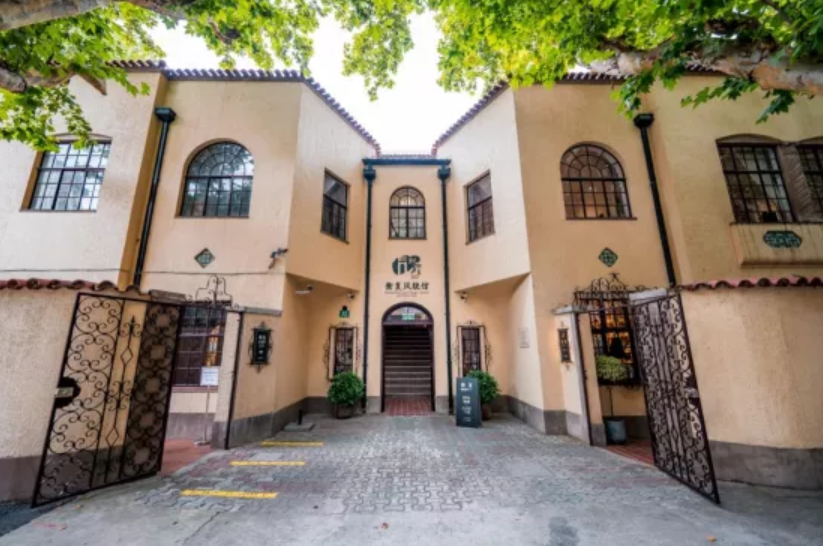“Algorithm design and logic generation” is the foundation of “full process digital design” for the future, and it is also a necessary path for the interdisciplinary transformation of architecture and urban planning disciplines to adapt to the “digital age”. At the same time, it can also empower the most core “intelligent production” link in the current advocated “Industry 4.0”. BlueTeam and Refactoring team have implemented this cutting-edge thinking mode in the design practice of “Guang’an Culture and Art Center”, hoping to open up a new Xintiandi of disciplines..
Guang’an City is a demonstration city in the Chengdu Chongqing Economic Circle, and Guang’an Economic and Technological Development Zone is the only national level economic and technological development zone in Northeast Sichuan. The Guang’an Cultural and Art Center is located in Kuige Street, Economic Development Zone, Guang’an City, Sichuan Province. He is an important component of the Economic Development Zone. Based on an international perspective, long-term vision, and the characteristics of the Economic Development Zone, the Cultural and Art Center of the Economic Development Zone will be developed into a multifunctional public service facility that integrates exhibition and exhibition, industrial investment, business cooperation, and science popularization education. This is the target positioning formulated by the People’s Government of Guang’an City..
At the beginning of the design, the BlueTeam and Refactoring team defined the functionality of the project as three major parts:.
1、 Absolutely Public: an open space provided for citizens to rest, entertain, and exercise. It will be part of the park, providing more possibilities for functionality while maintaining its integrity, and weakening the sense of building volume;.
II Semi public space (Exhibition Function): We have merged the urban exhibition hall and industrial exhibition area into one place, located underground, sharing service space, and reaching an agreement with the exhibition strategy of “integrating industry and city”;.
III Service Module: Service areas (such as business negotiations, science education, archive management, multifunctional conference halls, etc.) belong to areas with strong purpose and high privacy requirements. They are all small functional areas, so they can be simplified and manufactured into prefabricated modules, which are placed above the “all public area” (Hanging). The structural platform is built on site, providing a diversified semi outdoor space for green plants while carrying functional modules. The Function Module is prefabricated in the factory, which reduces engineering costs and improves construction efficiency..
By using Vertical Overlap to organically connect these three functional areas: they are linked by composite functional components of structure, transportation, and natural ventilation and lighting, which not only make them relatively independent, reduce mutual interference, but also allow visitors to smoothly browse the entire building: enter from the entrance=>overlook the entire “integrated industry and city” exhibition hall=>vertical transportation loading function service module..
As a comprehensive building that adapts to the future sustainable society, its ecological characteristics are one of the essential conditions. Therefore, we define the design as five ecological components (ECO-TRAC.



